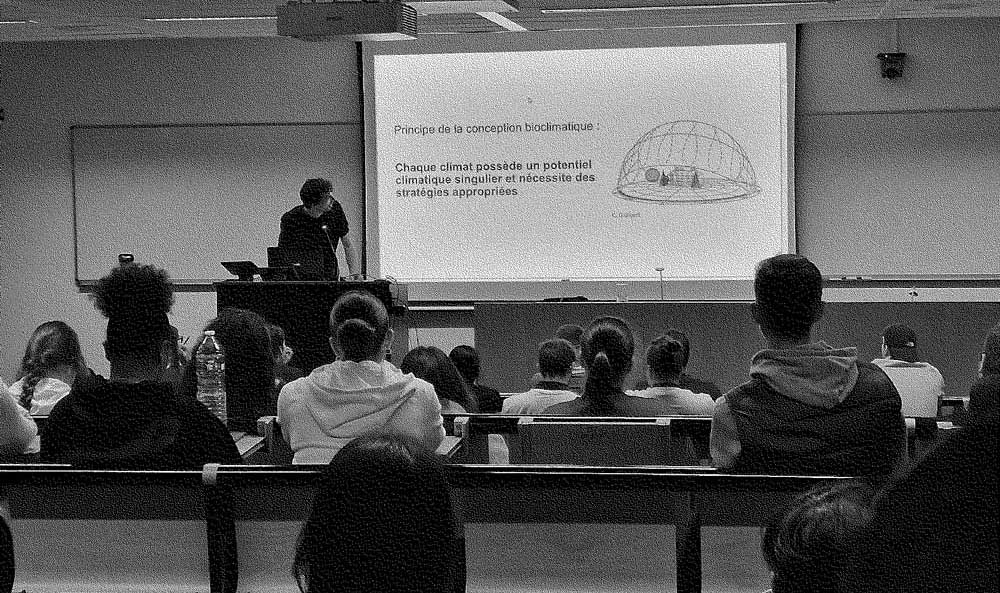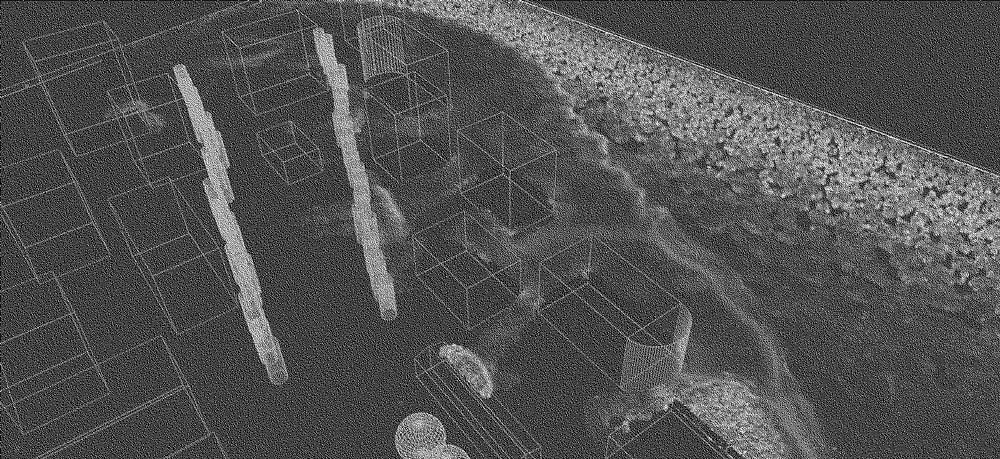Conferences, Workshops
& Training
I give talks aimed at professionals or the general public on:
- Bioclimatic design and considering climate in architecture and urban planning;
- Adapting to climate change and new imaginaries of sustainability;
- Introduction to low-tech and appropriate technologies;
- The history of vernacular architecture and the climate adaptation of heritage.
You can find replays of some of my past conferences in French on the history of bioclimatic design or climate adaptation of heritage.
Feel free to submit a proposal for a presentation via email (clement.gaillard@protonmail.com) so I can provide you with a quote.


Environmental & Microclimatic Studies
(Urban Heat Islands, etc.)
With my consultancy firm Freio, specialized in climate design, I conduct environmental consulting and study assignments. These mainly involve:
- Assisting project teams in bioclimatic design processes;
- Conducting microclimatic simulations (thermal comfort, urban heat islands, etc.);
- Designing specific natural cooling systems, such as solar chimneys, and performing preliminary sizing calculations;
- Analyzing meteorological data files and providing expertise in microclimatology.
These services are generally billed on a daily rate depending on the mission's complexity. Please feel free to contact the Freio consultancy firm directly.


Consulting & Advisory Services
on Climate Change Adaptation
More broadly, I assist companies (CSR) and municipalities on climate change adaptation issues.
This consulting activity covers:
- Energy efficiency and thermal comfort challenges at work;
- Foresight and climate change adaptation for organizations and territories;
- Implementation of low-tech solutions and strategies.





